For winter training, protection is more important than speed
Looking forward, the winter the runners were looking forward to finally arrived. At present, professional long-distance runners in the north, such as Shandong and Liaoning, have begun winter training, and the runners from Jiangsu, Zhejiang, and Zhejiang have also begun preparations for winter training before they finish.
The electric back to back Standing Desk can complete the direct switching between sitting and standing office in the shortest time, and can find the most suitable height.
According to the lifting mode, it can be divided into manual, Electric Standing Desk and Pneumatic Standing Desk.
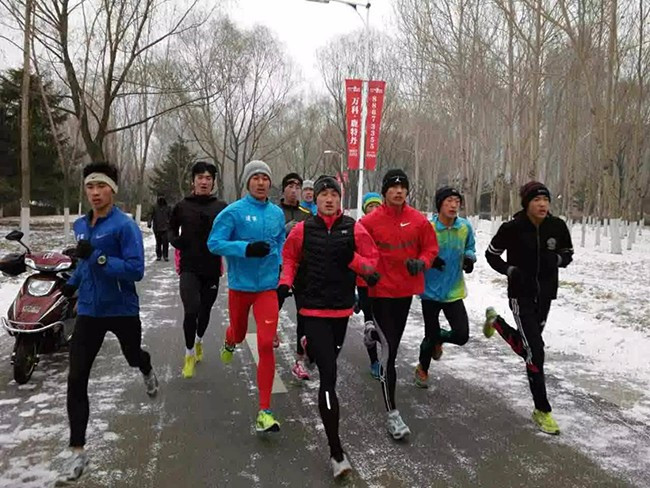

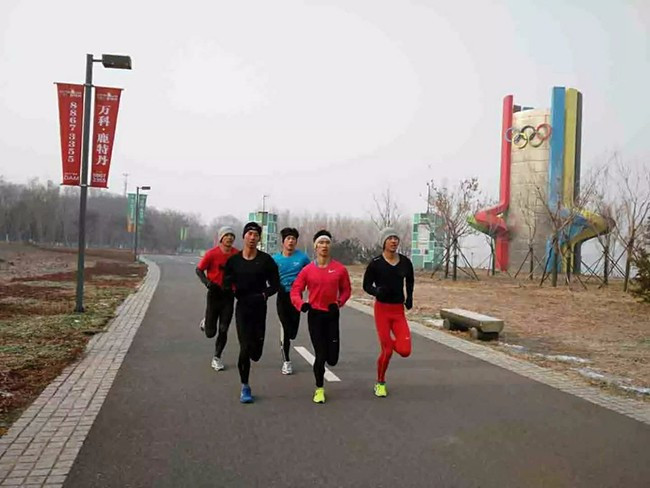
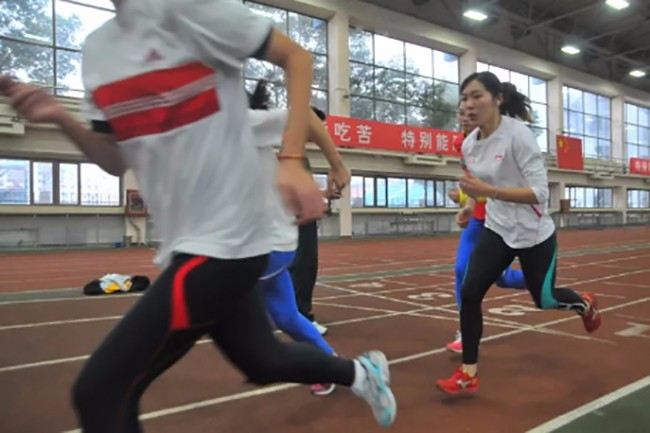

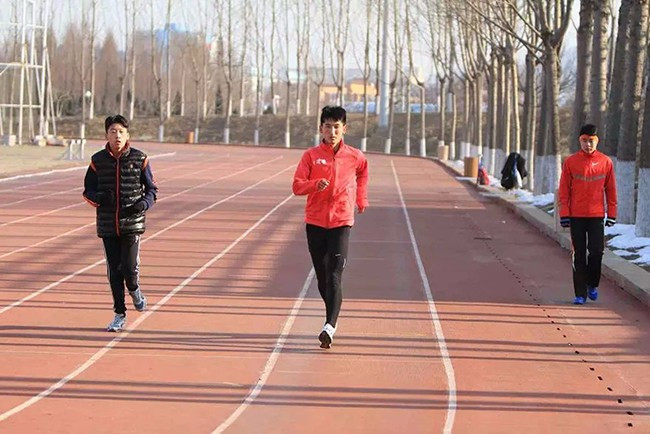
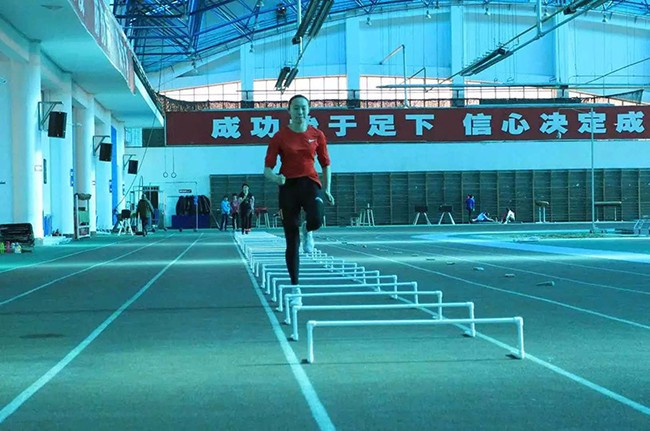
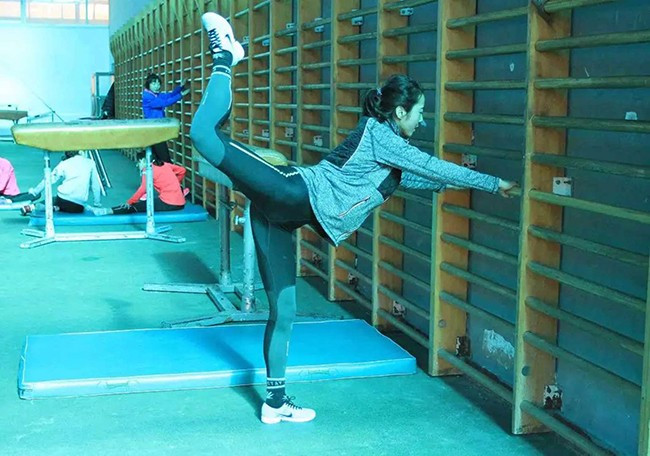
The electric standing desk is divided into two legs standing desk, three legs standing desk and four legs standing desk, which is also called back-to-back standing desk. This back-to-back standing desk is a double desk with a screen connected in the middle to ensure personal privacy and beauty.
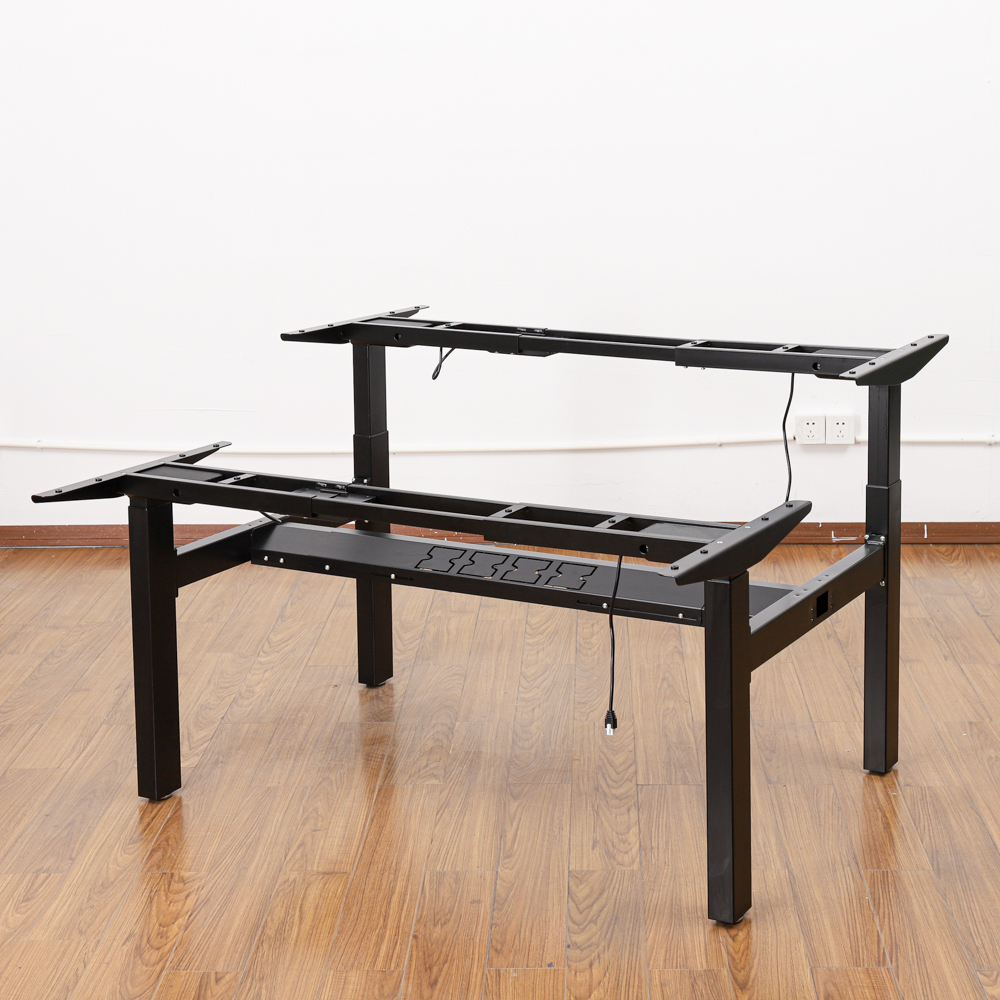
Back To Back Standing Desk,4 Legs Standing Desk,Office Desk,Standing Desk Height Adjustable,Standing Desk Frame
Suzhou Uplift Intelligent Technology Co., Ltd , https://www.uplift-system.com
